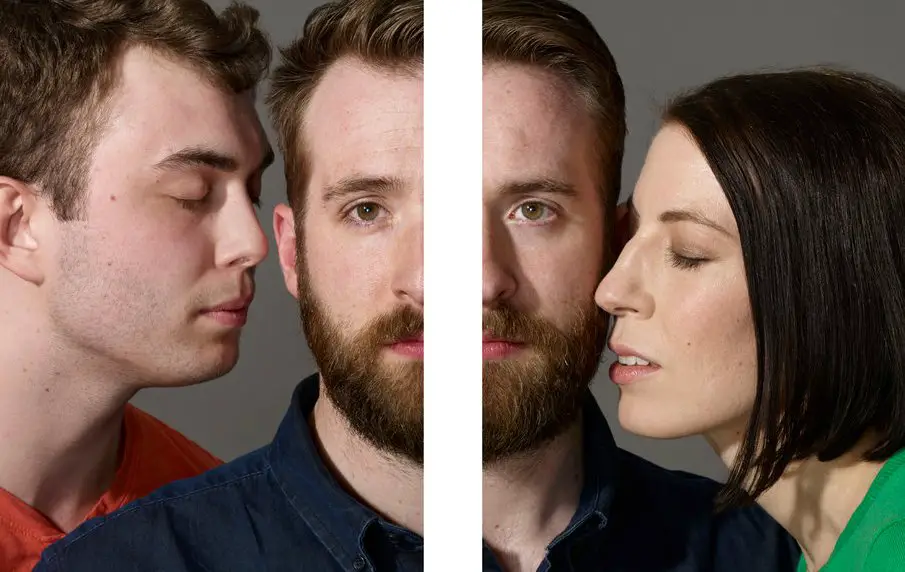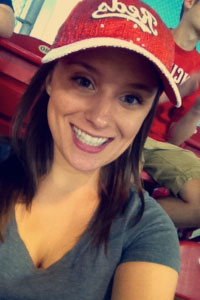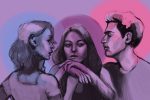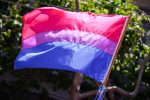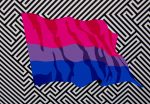In recent years, the LGBT+ community has become more public than ever, causing it to grow, as more people feel comfortable expressing their sexuality.
Society still may have a long way to go before LGBT+ people are completely accepted into society, but, generally, people today are more accepting of the community than ever before. Still, for all its progress, one orientation in the queer community is still often overlooked: bisexuality.
When most people mention the LGBT+ community, the first thing that comes to their minds is either gays or lesbians, because people like to put complicated issues into simple boxes. Too often, bisexuals are seen as either “confused,” “just experimenting” or “not ready to come out yet as fully gay” by both straight and gay people. I myself have been told by both straight and gay people that eventually, I would have to “pick one or the other.”

While yes, I will eventually end up with either a man or a woman, that doesn’t make me any less bisexual. My sexuality, as well as the sexuality of anyone else that identifies as bisexual, is legitimate; it’s time to stop the negating the reality of bisexual people.
The pressure for Americans to put themselves into specific categories, whether in terms of sexuality, gender or race, is one of the main reasons that bisexual people are so easily overlooked. Sexuality is seen as a set thing that doesn’t waiver or have room for flexibility. This very narrow view isn’t true, and two of my favorite quotes on bisexuality, both of which help explain why such binaries are inaccurate, come from TV shows.
In “The L Word,” Shane, who is a lesbian, says, “Sexuality is fluid. Whether you’re gay, or you’re straight, or you’re bisexual, you just go with the flow.”
And, in “Orange is the New Black,” Piper, when asked if she is gay, replies, “You don’t just turn gay, you fall somewhere on the Kinsey Scale.”
The main reason I like these quotes is because they so perfectly describe a bisexual’s ability to be with someone regardless of gender. The Kinsey Scale is the perfect way to describe sexuality, because it covers a spectrum, ranging from completely straight to completely gay, with a lot of grey area in between. The Kinsey Scale is much more inclusive than traditional sexual denominations, and better fits a more modern understanding of attraction.
Bisexuals are often seen as too straight for the gay community and too gay for the straight community. This type of rejection can obviously be painful, but it also forces bisexuals to conform to one sexuality or the other in order to fit in.
I know this type of confusion firsthand. When I first noticed that I was bisexual, around the age of thirteen, and attempted to tell the people around me, I was definitely not met with an arms-wide-open acceptance. I may not have faced blatant homophobia, but I was told that I was “just confused,” “going through a phase” or “would figure out my true sexual identity someday.”
After hearing these phrases from the people who were the closest to me, I definitely thought that I somehow was in the wrong. I figured that I was too straight to be a lesbian, and suppressed my sexuality for many years. Although I was trying my best to suppress the way that I felt, there were definitely a lot of sleepless nights I spent wondering what—if bisexuality was not real—my real sexuality was.
It was a painful time for me, because not accepting myself for who I was felt like erasing a little part of me. It wasn’t until my sophomore year that I started to accept myself. I met other bisexual people who were confident in their sexuality, and it made me realize that I didn’t have to choose between being gay or straight; I was bisexual and didn’t have to live the way that others wanted me to.
The bisexual community is resilient; it is constantly fighting against exclusion from other groups. Activists, members of the LGBT+ community, allies and even celebrities like Cara Delevigne, who stood up for herself after her sexuality was questioned by a writer, are making headway in destigmatizing bisexuality.
“My sexuality is not a phase,” Delevigne told the interviewer from “Vogue.” “I am who I am.”

The more bisexuals talk about their reality, the more people will learn about it. Sexuality is fluid, and everyone should all have the right to love whoever they want without having to explain themselves or feel like they are being judged. No matter what your sexuality is, if you feel that way, then it is valid.
Life is short, and you shouldn’t have to change the way you are in order to please other people. It’s time for society to stop trying to erase bisexual people, and time for the queer community to remember what the “B” in LGBT+ stands for.


